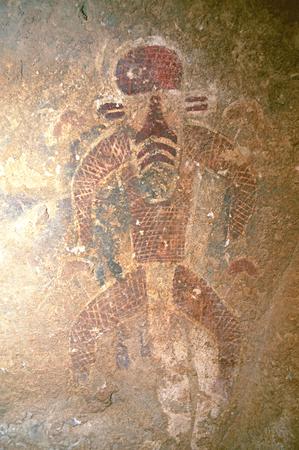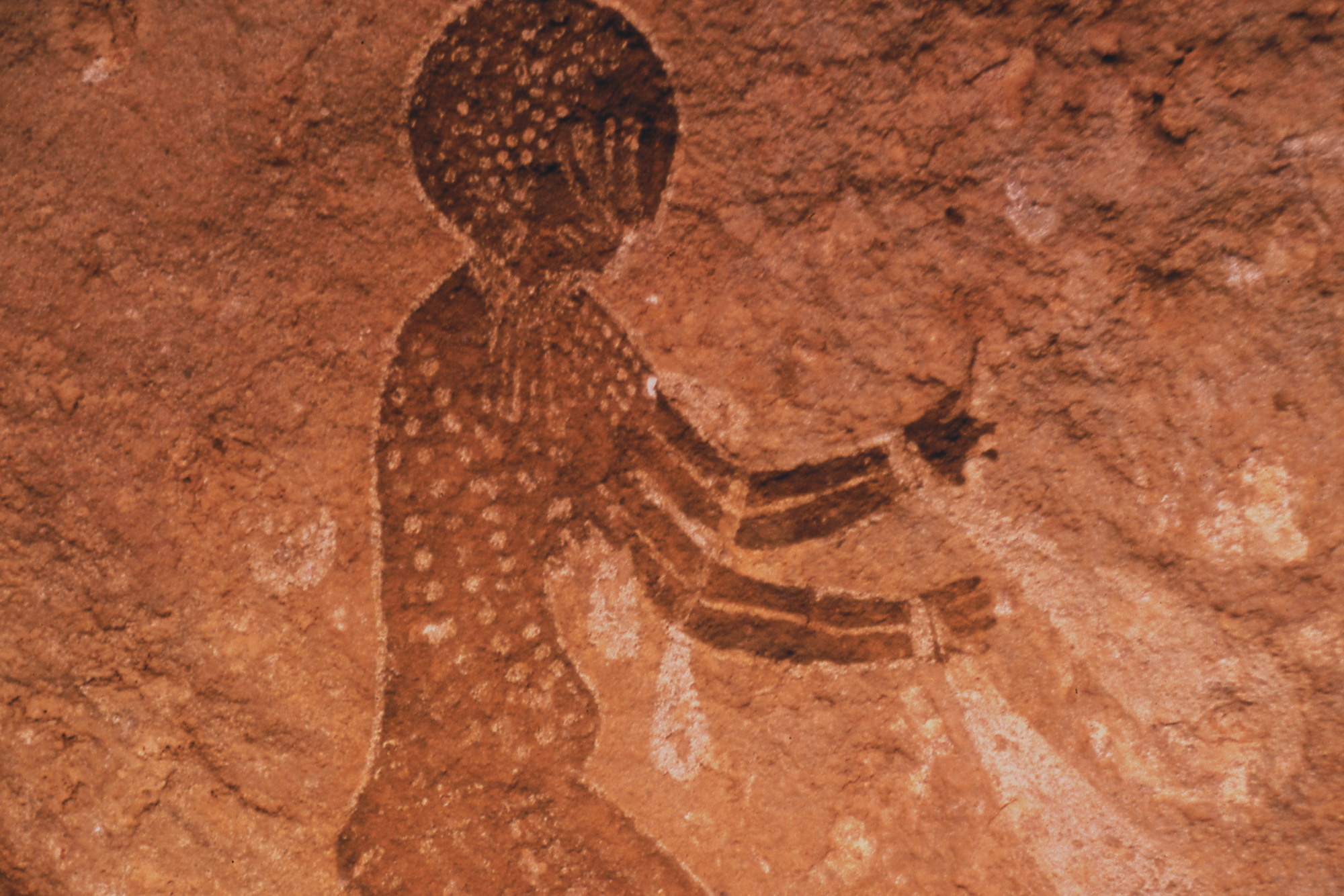In Algeria, Ancient Cave Art May Show Psychedelic Mushroom Use [View all]
Thousands of years ago, artists documented their world on rock walls—including, perhaps, ritual use of hallucinogens.
BY BLAIR MASTBAUM
JUNE 2, 2022

Humans have made art for millennia in and around the unusual rock formations of Algeria's Tassili n'Ajjer—including, possibly, depictions of hallucinogenic mushrooms. AKLI SALAH, CC BY-SA 3.0/WIKIMEDIA
A LAND ROVER SPEEDS ACROSS an almost lunar landscape, sending plumes of dust skyward in its wake. Knocking around in the back seat, Giorgio Samorini snaps photos of eerily eroded sandstone formations. The year is 1988 and the place is Tassili n’Ajjer, in the Algerian Sahara. It is a remote region with a well-deserved reputation for mystery, particularly regarding some of the extensive prehistoric art found in natural rock shelters scattered around its cliffs of orange-red rock. “When I first saw the paintings, I felt like my life had entered a new phase. I’ve never been the same,” recalls Samorini, an Italian ethnobotanist and independent researcher who studies psychoactive plants and fungi.
Archaeologists have documented about 15,000 drawings and engravings in the Tassili n’Ajjer region, which is designated by UNESCO as a World Heritage Site and is one of the most important collections of cave art in the world. Over millennia, prehistoric artists painted or carved a menagerie of animals, wild and domesticated, as well as plants and people involved in hunting and other daily activities. But there are also depictions of something much stranger: the “Round Heads,” humanoid figures with oversized heads who appear to be flying. Dated from 9,500 to 7,000 BC, the images of levitating people, as well as masked “shaman” figures with large mushrooms sprouting from their bodies, may be the earliest depictions of the ritual use of psilocybin-producing, psychotropic mushrooms, according to Samorini.
The art on the cave walls of Tassili n’Ajjer, he notes, was created during a period when the Sahara was a temperate savannah. “We know that various species of Psilocybe grew in this area at this time,” says Samorini. “To imagine that the people who created these artworks were not aware of them isn’t realistic. They lived nomadically, with probable encyclopedic knowledge of the flora and fauna of the area in order to survive.”
In 1956, intrigued by earlier, anecdotal stories about the paintings, French ethnographer Henri Lhote launched an expedition to Tassili. When he saw the paintings—one image about 20 feet (6 meters) in height—he named them jabbaren, Tuareg for “the giants.” Lhote thought that the paintings might have been depictions of extraterrestrials, but he never connected the art to psychedelic mushrooms.
More:
https://www.atlasobscura.com/articles/psychedelic-mushroom-algeria


More images of the cave art at google images:
https://tinyurl.com/uc347vjd


